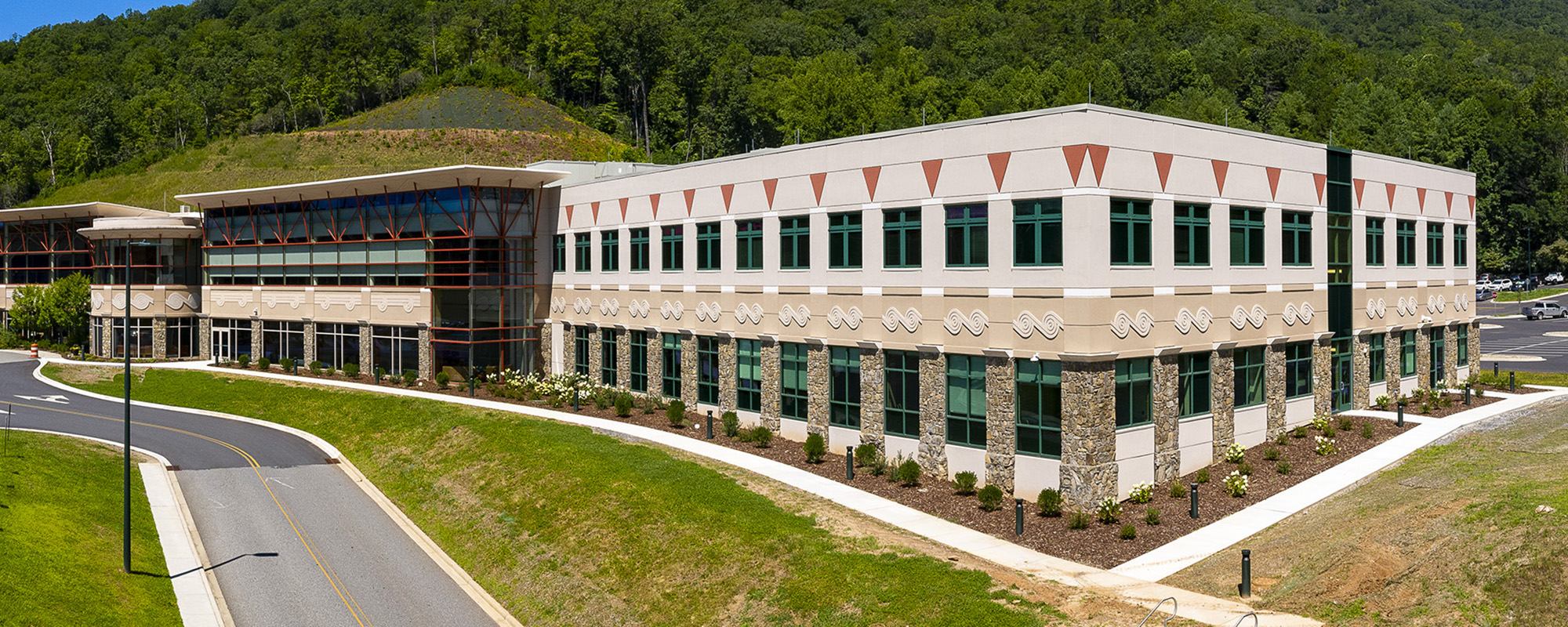Construction manager Robins & Morton and the Cherokee Indian Hospital Authority (CIHA) announced the completion of the new Phase II addition and crisis stabilization unit located on the Cherokee Indian Hospital campus in Cherokee, North Carolina.
The two-story, nearly 77,000-square-foot addition will provide community members substance abuse treatment and behavioral health services.
The first floor houses an outpatient behavioral health facility, featuring 13 talking rooms, an exam room, a small group room, a large group room, two large classrooms, an arts and crafts group room, a kitchen, and a dining/living room. To aid the functions of this space, the center of the floor contains faculty workstations and administrative offices.
The second floor houses the crisis stabilization unit with 18 inpatient rooms, four acute care rooms, two large group therapy rooms, a dining area, a wellness gym, and an accessible roof deck patio. Faculty and support staff also have a designated workspace in the core of the floor.
Architects McMillan Pazdan Smith worked closely with the CIHA and Robins & Morton to weave Cherokee heritage through the building’s design elements. These include columns fashioned to resemble the trees of Western North Carolina, the terrazzo flooring designed to tell the Cherokee legends, and the continuation of the unique exterior motif.
“The way this addition joins the campus’ main hospital building so seamlessly is not by happenstance – it was accomplished through the vision of the Cherokee Indian Hospital Authority’s leadership and planning that began nearly six years ago,” Robins & Morton Superintendent Josh Farr said. Farr led the build of the addition and was a part of the team that built the campus’ main hospital replacement facility in 2015. “I’m forever thankful to not only have been a part of this team, but also for the friendships I’ve gained. Giving back to this community that has given so much to me means more than I can express.”
The facility completed two months ahead of its original 20-month schedule. Crews worked 257,595 total hours on the project with zero lost time incidents.

